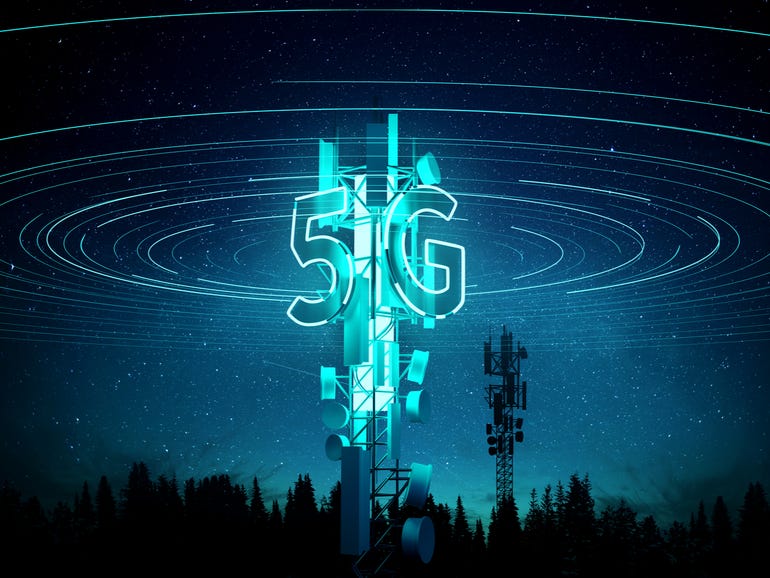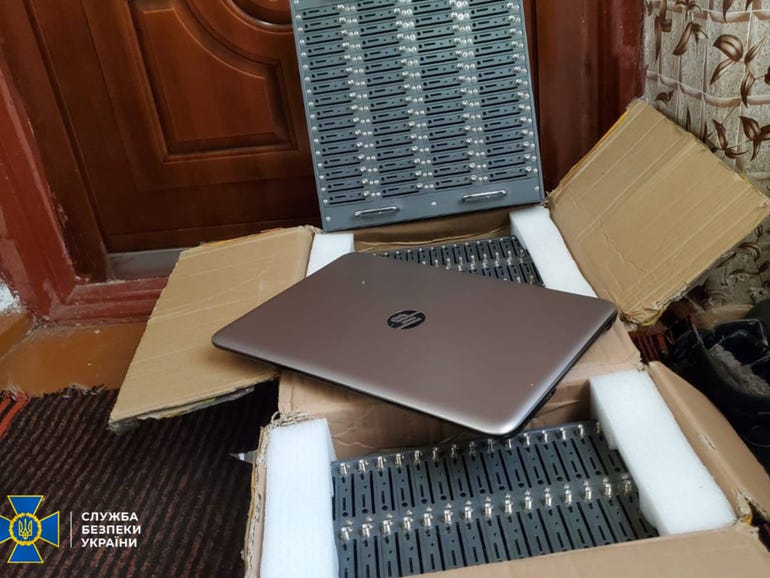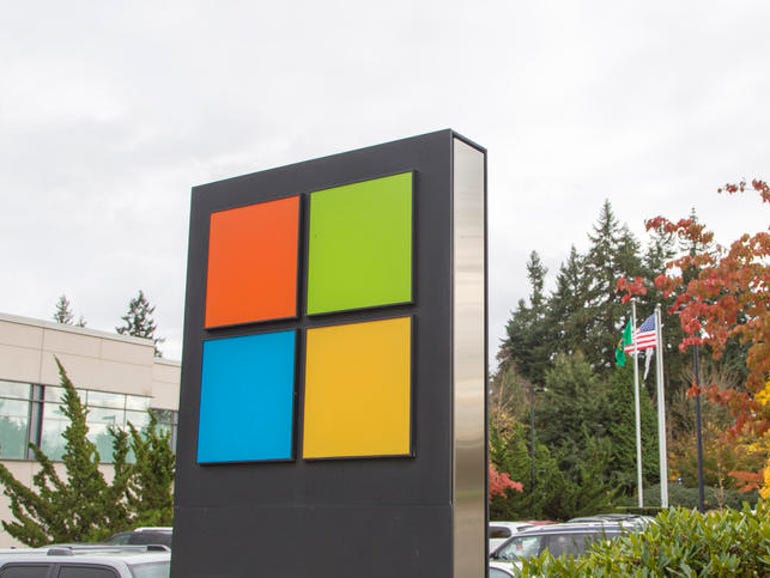Opensignal’s first C-Band 5G Analysis shows big impact for Verizon customers
Opensignal has published the findings of its first major report on U.S. mobile network performance since both AT&T and Verizon Wireless launched their first C-Band service areas.
The initial launches — which began late last year and skewed into early this year, thanks to some regulatory infighting between the FAA and FCC — saw both carriers launching their first mid-band spectrum deployments of the 5G era. They joined T-Mobile, which had already been operating its 2.5GHz, nationwide 5G network for two years.
Now that AT&T and Verizon Wireless have joined the mid-band spectrum party, Opensignal measured the impact of each carrier’s C-Band rollout on their nationwide performance within its new Quantifying the impact of C-band on 5G mobile experience in the U.S.
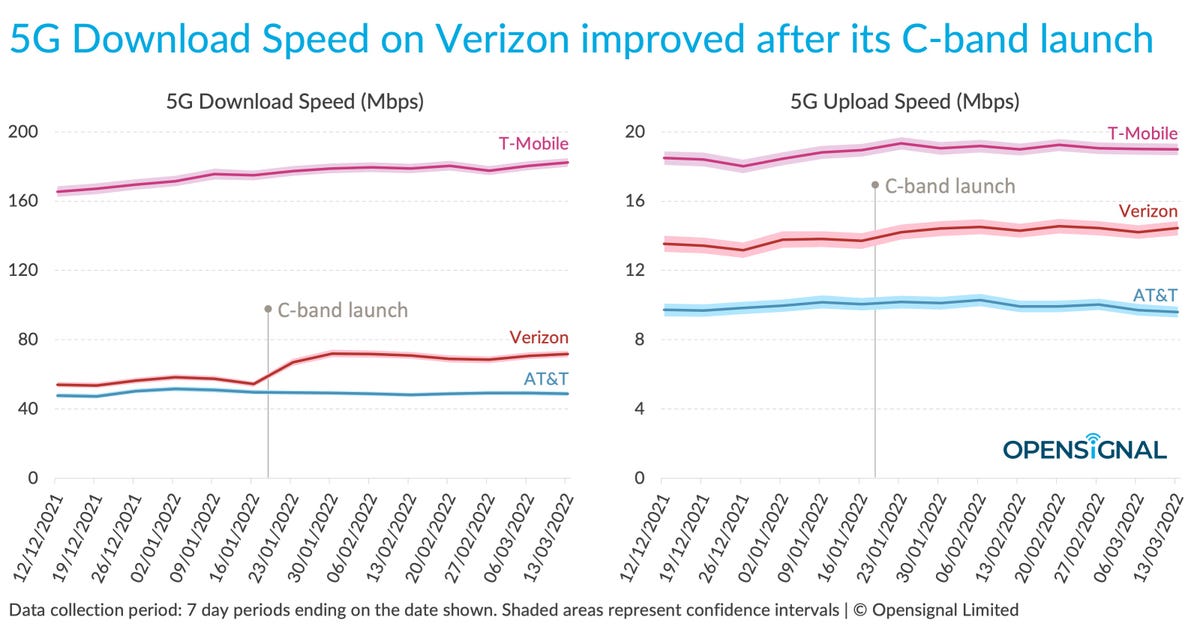
Opensignal
According to the company’s findings, Verizon Wireless customers were the clear winners of the initial C-Band rollout. The carrier’s average nationwide 5G download speed rose by 15Mbps as a result of its C-Band rollouts, spiking from 55.7Mbps shortly before the launch to 70.6Mbps following it. This represented a boost of more than 26% in download rates. Upload speeds, however, barely changed for Verizon subscribers as a result of C-Band’s introduction.
Also: Best internet speed test 2022: Test your connection
Unfortunately, the same boost in download rates did not make an appearance for AT&T customers, according to Opensignal. The company detected essentially no change in that carrier’s download or upload rates when comparing its performance before and after the launch.
As Opensignal noted, this difference in performance isn’t particularly surprising. That’s because Verizon planned to make its C-Band spectrum available to “100 million people in over 1,700 cities” as part of its initial rollout.
Meanwhile, AT&T only planned to launch its C-band spectrum in “limited parts of eight metro areas across the U.S.” This explains why Opensignal’s testing personnel “rarely connected to mid-band 5G” on AT&T’s network. AT&T does, however, plan to greatly expand this initial rollout beginning sometime during the second quarter of 2022, which should rectify this to some extent.
Also: Why is my 5G so slow? Comparing the hype to the reality
Having established the impact of Verizon’s much more widespread rollout, Opensignal also measured the head-to-head performance of each carrier’s respective mid-band 5G offering. This was, unsurprisingly, a much tighter race.
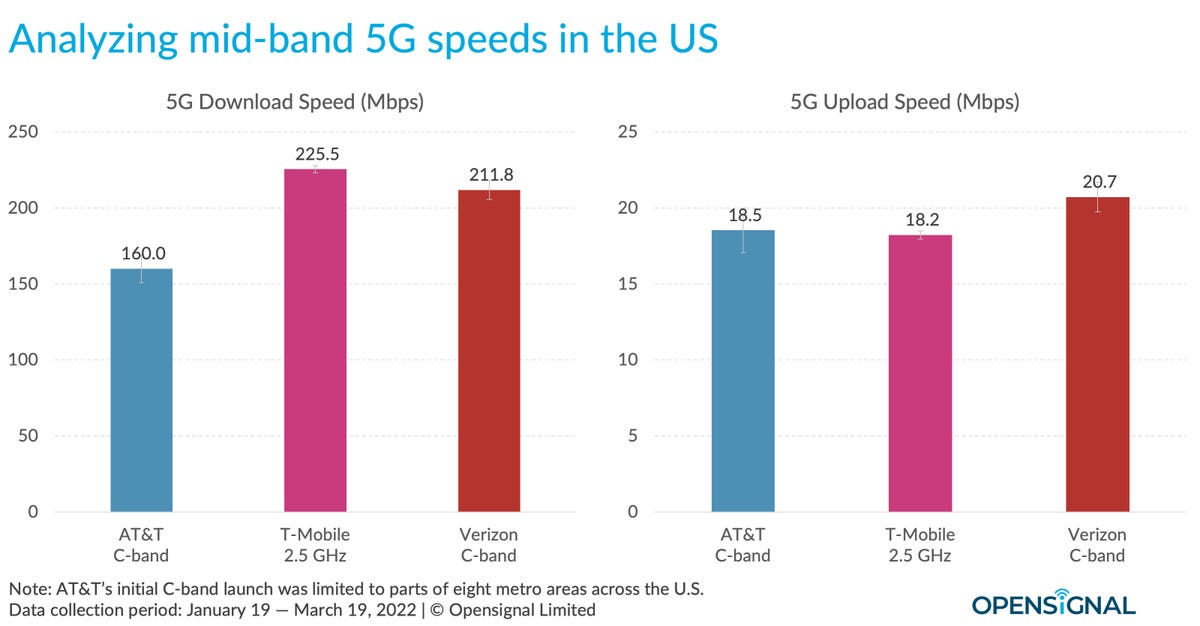
Opensignal
As seen above, T-Mobile once again took the crown in download rate, but by a much smaller margin here. The carrier’s 225.5Mbps mid-band average was trailed by Verizon’s impressively close 211.8Mbps, while AT&T’s came in at a much more distant 160Mbps for third place. Meanwhile, Verizon actually won the upload speed contest, reaching 20.7Mbps, followed by AT&T in second with 18.5Mbps, and T-Mobile actually trailing both other carriers at 18.2Mbps for third place.
Also: Chasing T-Mobile: 5G report shows how vital C-Band is for Verizon and AT&T
Opensignal made a point to note that, even when limiting its measurements to mid-band connections only, there’s more at work here than raw speed. According to the measurement company, the other biggest factor is available spectrum ranges and their impact on network capacity. The more spectrum that’s available, the more users can connect before everyone’s download, and upload speeds begin to decline from congestion. According to Opensignal, both AT&T entered the mid-band 5G game with 40MHz of available spectrum, while Verizon owns 60MHz. Comparatively, T-Mobile is believed to have deployed between 60MHz and 80MHz, with as much as 100MHz available for eventual deployment.
Lastly, Opensignal looked at the mid-band download rates of Verizon Wireless and T-Mobile in five major cities: Chicago, Indianapolis, Los Angeles, Minneapolis, and Phoenix. AT&T’s mid-band was only available in Chicago, and Opensignal was unable to acquire any significant results due to how recently it had launched.
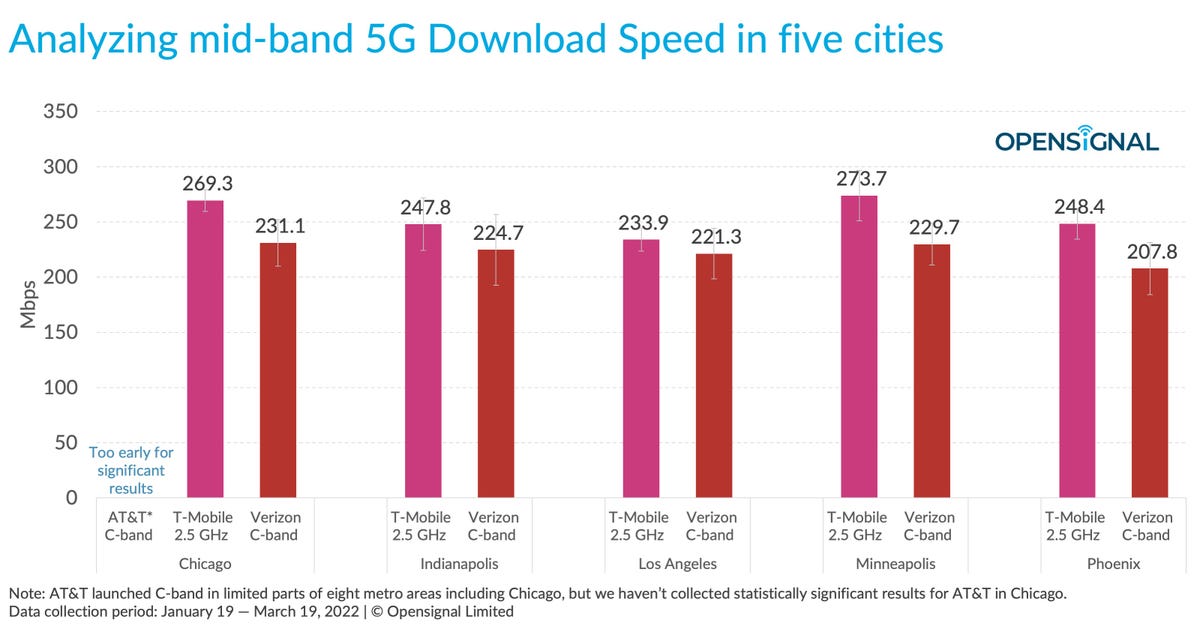
Opensignal
Once again, T-Mobile’s extant network proved the winner, with Los Angeles providing the closest thing to a tie between the two. But, even there, T-Mobile’s 5G won by double-digits.
Opensignal closed its report by reiterating that it is still very early days for competitive mid-band 5G in the U.S. However, it already detected average download rates on mid-band 5G that are “much faster — three to four times when connected to mid-band 5G on AT&T and Verizon compared to the average 5G download speeds our users experienced on the two carriers before they activated their C-band networks.”
Also: 5G: Where we are, where we’re going next
T-Mobile’s 22-month lead time means the carrier is likely to retain its lead for some time to come. But, as Opensignal put it, “data shows that Verizon and soon AT&T now have the required mid-band spectrum to start the chase.”

